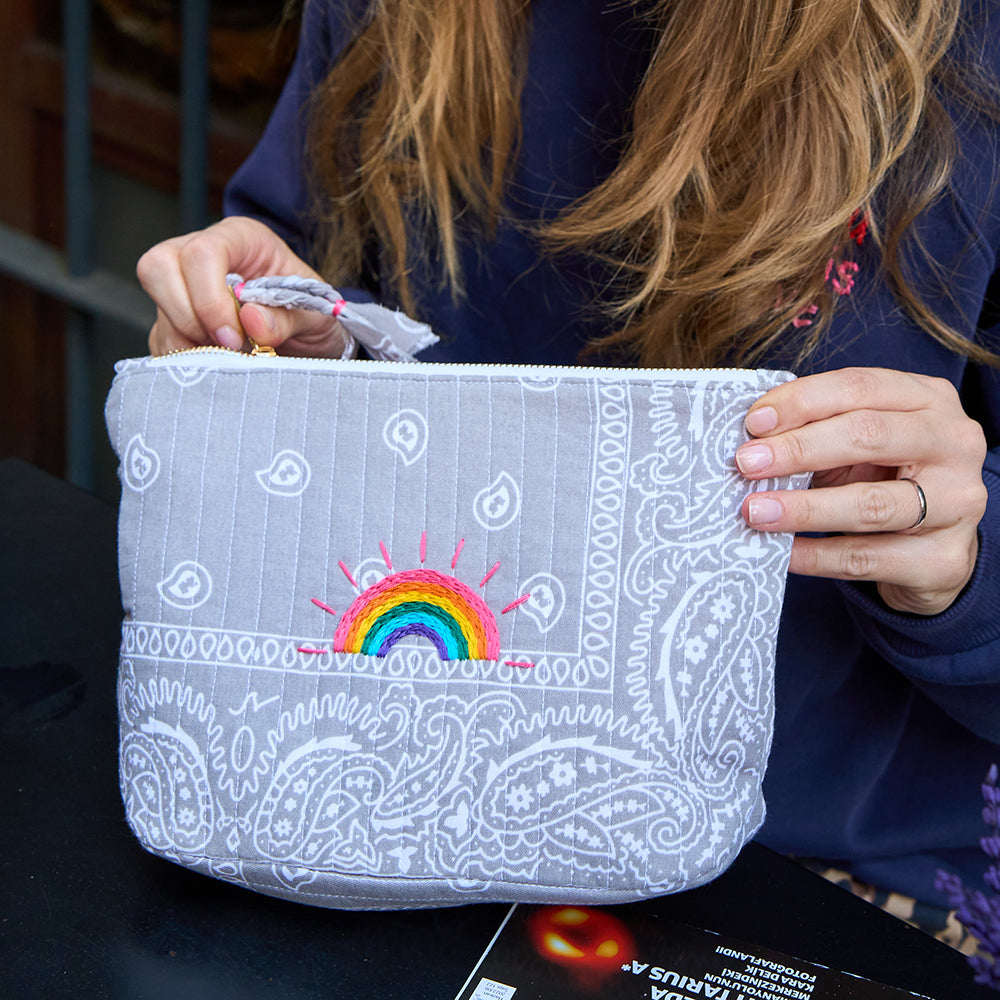Hello everyone, today we at Mikos Store present you the Italy Travel Guide. Italy is a country located in the heart of the Mediterranean and known for its rich history, artistic heritage, magnificent natural beauty and world-famous culinary culture. Surrounded by the Alps to the north, Italy fascinates its visitors with diverse landscapes, ancient ruins and vibrant cities as it extends south. Hosting millions of tourists every year with cities such as Rome, Florence, Venice and Milan, Italy is also a world leader in art, fashion and gastronomy.
Italy is one of the most populous countries in Europe, with a population of approximately 60 million, and its official language is Italian. The country is governed by a republic and its capital is Rome, one of the most important centers of the ancient world. Italy is one of the countries with the largest number of cultural and natural sites on the UNESCO World Heritage List.
How to Get to Italy
Traveling internationally to Italy is easy, with direct flights from most major cities around the world. The country's main airports are Leonardo da Vinci International Airport (Fiumicino) in Rome, Malpensa Airport in Milan, and Marco Polo Airport in Venice. These airports offer local flights throughout Italy and international flights to other major European cities.
For those travelling from within Europe to Italy, there are also alternatives by train. High-speed trains are available to Italy, especially from neighbouring countries such as France, Switzerland, Austria and Slovenia. There are also ferry services to Italy from many European countries, which is a popular option, especially in the summer months.
For those who prefer to travel by road, Italy is connected to Europe's extensive motorway network and is therefore easily accessible by car. However, parking in city centres can be limited and expensive, so car rental and public transport options should be planned in advance.
How is Transportation in Italy?
Transport in Italy is generally comfortable and efficient, thanks to a modern and well-organised network. There are a variety of options available to travel around the country.
- Trains: Italy's high-speed train network (Trenitalia and Italo) offers fast and comfortable travel between cities from north to south. Connections between major cities such as Rome, Milan, Florence and Venice are popular, while regional trains provide access to smaller towns and cities.
- Buses: In areas not served by the train network, buses are an economical way to reach all corners of Italy. Buses, operated by various private companies, run regular services from the major cities to the rural areas.
- Urban Transportation: In big cities, there are metro, tram and bus networks. The metro network is especially well developed in Rome and Milan. In cities with special geographical conditions such as Venice, vaporetto (water bus) is used.
- Car Rental: Renting a car is a good option for visitors who want to explore Italy at their own pace. However, it is important to remember that traffic and parking can be a problem in larger cities.
- Bike and Scooter Rentals: Bike and electric scooter rentals are becoming increasingly popular in city centers and tourist areas. This is an ideal solution for short distances, especially during the warmer months.
Transport in Italy is generally reliable and on time, but it is important to plan ahead to reserve popular routes, especially during the summer months and holiday seasons.
Italian History and Art
Italy is a country that has played a central role in world history and art. From the ancient Roman Empire to the Renaissance, Italy has been home to many innovations in art, architecture and literature. This rich heritage is showcased in museums, galleries, churches and historic sites across the country.
- Ancient Roman Period: Italy, especially the city of Rome, is home to some of the most important ruins of antiquity. Sites such as the Colosseum, the Pantheon, and the Forum Romanum demonstrate the power and architectural achievements of the Roman Empire.

- Renaissance Period: The Renaissance symbolizes the rebirth of art and science, and during this period Italy hosted the works of artists such as Michelangelo, Leonardo da Vinci, Raphael and Botticelli. Florence is considered the center of art and architecture of this period.

- Baroque and Rococo: The Baroque period is known for dramatic expressions and elaborate ornamentation. Rome and Venice are home to some of the most notable architectural and artistic works from this period.

- Modern and Contemporary Art: Italy has also made significant contributions to modern and contemporary art. The Venice Biennale and the modern art museums in Milan are among the important places on the international art scene.

Places to Visit in Italy
Italy offers countless opportunities to explore, with its historic cities, stunning countryside and world-famous monuments. Here are some of the must-visit places in Italy:
- Rome: Known as the "Eternal City," Rome is world-famous for its iconic monuments, including the Colosseum, the Pantheon, and Vatican City. The streets of Rome are filled with history, and every corner offers visitors a new discovery.

- Venice: This charming city built on canals is famous for its gondola rides, St. Mark's Square, and Rialto Bridge. Venice is also a haven for art and architecture.

- Florence: The birthplace of the Renaissance, Florence is home to some of the world's greatest art collections. The Uffizi Gallery and Michelangelo's David are must-see landmarks.

- Milan: Known as the capital of fashion and design, Milan is also known for its magnificent Duomo Cathedral and Leonardo da Vinci's "The Last Supper".

- Tuscany: With its stunning countryside, vineyards and historic towns, Tuscany is one of the most beautiful regions in Italy. Siena, Pisa and San Gimignano are among the must-see destinations in the region.

- Amalfi Coast: With its outstanding natural beauty and colorful seaside towns, the Amalfi Coast is one of the most enchanting destinations in the Mediterranean.

- Sicily and Sardinia: For those looking for rich history, stunning beaches and delicious food, Sicily and Sardinia are perfect options.

What to Eat in Italy?
Italian cuisine is renowned for its diversity and flavors that are loved around the world. With regional variations, Italian dishes are characterized by fresh ingredients, simple preparation methods, and deep flavors. Here are some traditional dishes you should try in Italy:
- Pizza: Naples is considered the birthplace of pizza. Italian pizzas are known for their thin crust and quality, simple ingredients. Margherita and Marinara are the most popular varieties.

- Pasta: There are hundreds of types of pasta in Italy. Tagliatelle with Bolognese sauce, Trofie with Pesto sauce or Linguine allo Scoglio with seafood are must-trys.

- Risotto: Especially popular in northern Italy, risotto is a creamy rice dish flavored with a variety of ingredients. Risotto with Mushrooms (Risotto ai Funghi) and Risotto with Victory (Risotto alla Milanese) are the most well-known varieties.

- Tiramisu: A light and aromatic dessert, Tiramisu is prepared with coffee-soaked cake layers, mascarpone cheese and cocoa powder.

- Gelato: Gelato, an Italian ice cream, is a favorite among ice cream lovers for its freshness and intense flavors. You can choose from a variety of fruit and cream flavors.

Italy is also known for its world-famous wines. Regional wines like Chianti from Tuscany, Barolo from Piemonte and Prosecco from Veneto pair perfectly with Italian food.
Italian culinary culture emphasizes that eating is not only a source of nutrition but also a social activity. Meals are a way to gather with family and friends and enjoy life.
What Gift to Buy from Italy?
It is easy to find unique souvenirs and mementos to take home to your loved ones during your visit to Italy. Italy's rich culture and art offer many different gift options. Here are some popular souvenirs to buy from Italy:
- Leather Goods: Italy is renowned for its high-quality leather craftsmanship. In cities like Florence and Rome, you can find handmade leather goods such as wallets, bags and belts.
- Fashion and Accessories: In Milan, the capital of world fashion, you can buy products from famous Italian designers or unique pieces from local boutiques.
- Murano Glass: Jewelry, vases and ornaments made from the colorful Murano glass specific to Venice are among the handmade and unique gifts.

- Olive Oil and Balsamic Vinegar: Italy's rich soils produce some of the world's best olive oils and age-old balsamic vinegars from the Modena region. These gastronomic products make ideal gifts for food lovers.
- Wines: Each region of Italy is known for its unique wine varieties. Consider gifts like Chianti from Tuscany or Barolo from Piemonte.
- Arts and Crafts: Every corner of Italy is filled with local crafts and art. Ceramics, paintings and handmade papers make for unique souvenirs.
- Gourmet Products: Italian cheeses, salami and sausages, truffles and local pastas can bring the flavors of Italy to your loved ones.

Italy Travel Routes
Italy offers countless opportunities for visitors to explore, with its diversity and the unique characteristics of each region. Whether you want to pursue history and art or enjoy the natural beauty, there is a route for everyone in Italy. Here are some of the popular travel routes in Italy:
- Classic Italy Tour: This route, covering the cities of Rome, Florence and Venice, is ideal for those who want to discover the historical and artistic riches of Italy. This tour offers the opportunity to visit the most famous monuments, museums and works of art in Italy.
- Tuscany and Wine Route: Tuscany's stunning rural landscapes, historic towns and famous wines make this route perfect for gastronomy and nature lovers. Siena, Pisa and San Gimignano are among the must-see destinations in this region.
- Amalfi Coast and Southern Italy: This route, which includes the Amalfi Coast, the Isle of Capri and Sicily, is an opportunity to discover the natural beauties of southern Italy and the crystal waters of the Mediterranean.
- Northern Italy and the Italian Lakes: Visiting Lake Garda, Lake Como and Lake Maggiore is a great option for those looking to explore the stunning natural beauty and chic resort towns of northern Italy.
- Sicily Tour: With its ancient ruins, magnificent beaches and delicious cuisine, Sicily is one of the most attractive islands in Italy. Mount Etna, Taormina and Palermo are important stops on the island.
Things You Need to Know Before Going to Italy
Before traveling to Italy, it is useful to consider some important points that will make your trip smooth and enjoyable:
- Language: The official language of Italy is Italian. Learning basic Italian phrases can help you with everyday communication. Although English is widely spoken in tourist areas and among young people, it is useful to know some Italian phrases to better communicate with locals.
- Currency: Italy uses the Euro (€). Although credit cards are widely accepted, it's a good idea to carry cash in smaller towns or local markets.
- Clothing and Weather: Depending on when you go to Italy, check the weather forecast and pack accordingly. Summers are generally hot, while winters can be cold in northern areas.
- Visiting Hours and Holidays: Visiting hours for museums, historical sites and other tourist attractions may vary depending on the season and local holidays. Check this information before making your plans.
- Food Culture: Italians take their food very seriously. Restaurants may have specific hours for lunch and dinner, and it may be difficult to find service outside of these hours. Also, be prepared for a culture of slow eating; meals in Italy are often a long and enjoyable experience.
- Cultural Sensitivities: Churches and religious sites are held in high regard in Italy. Be sure to dress appropriately (such as shoulders and knees covered) when visiting such places.
- Travel Insurance: It is important to have travel insurance in case of any health issues or emergencies. If you are coming from outside the European Union, do not forget to have health insurance.
We have told you about the historical beauties, places to visit, and delicious food of magnificent Italy. We hope you enjoy reading it before your Italy vacation. We also recommend that you click on the link if you have not read our Barcelona Travel Guide article yet. Have a nice day…







